Dead Space
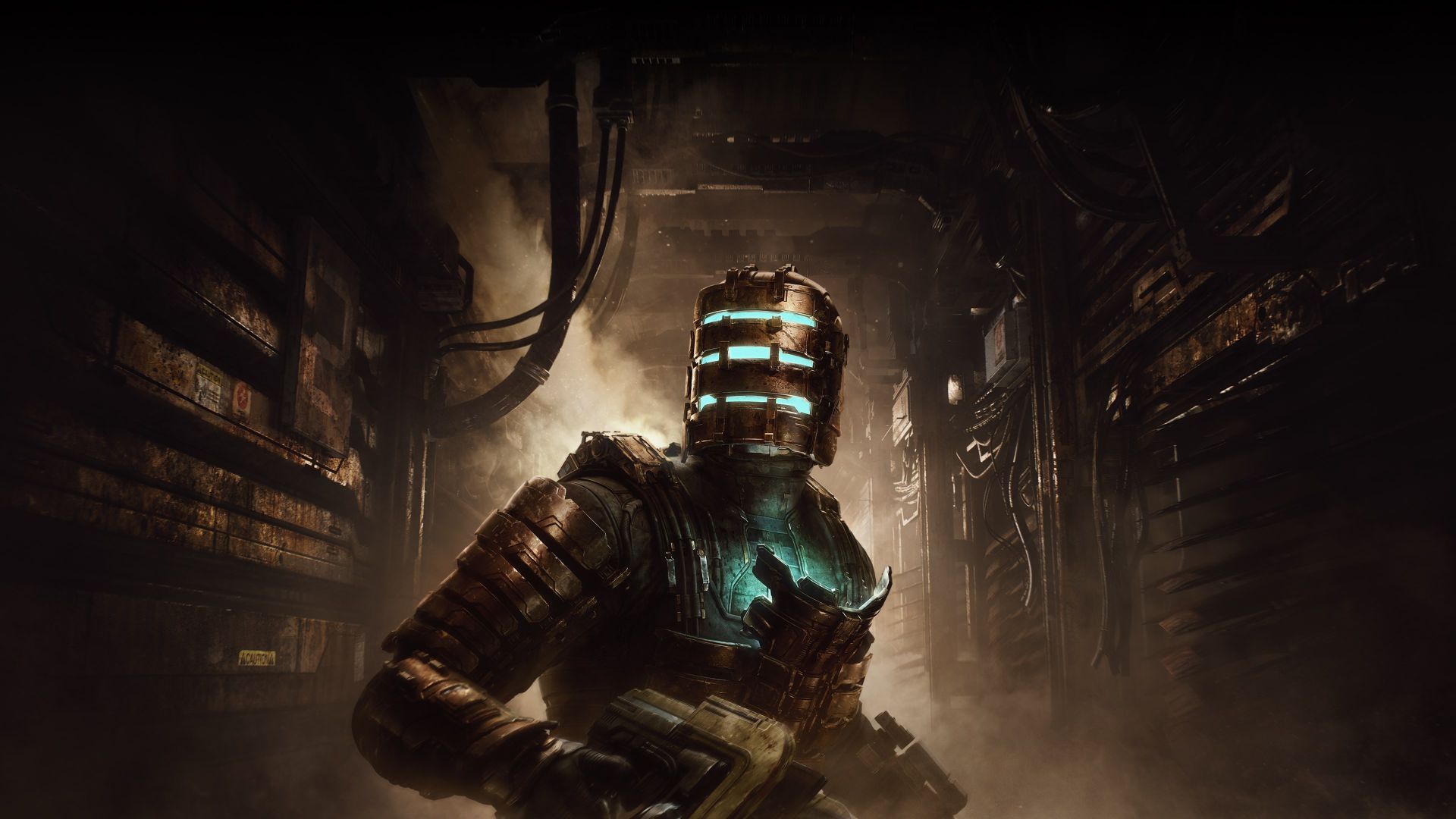

Dead Space is renowned for its immersive diegetic UI, where interface elements exist within the game world and are perceivable by both the player and the protagonist, Isaac Clarke.
Dead Space is widely praised for its masterful use of diegetic UI because it seamlessly integrates gameplay information directly into the world, maintaining immersion and enhancing the horror experience. The health bar is embedded into the protagonist's suit spine, ammo counts appear as holograms projected from weapons, and objective markers are projected onto the floor from the character’s glove.
all designed as in-world elements rather than overlaid HUDs. This approach keeps players grounded in the universe, removing the typical disconnect between player and character. It also reinforces the game's themes of isolation and realism, as there’s no external interface breaking the fourth wall. These choices make the gameplay feel more intense and personal, while also influencing modern UI design in sci-fi and horror games.
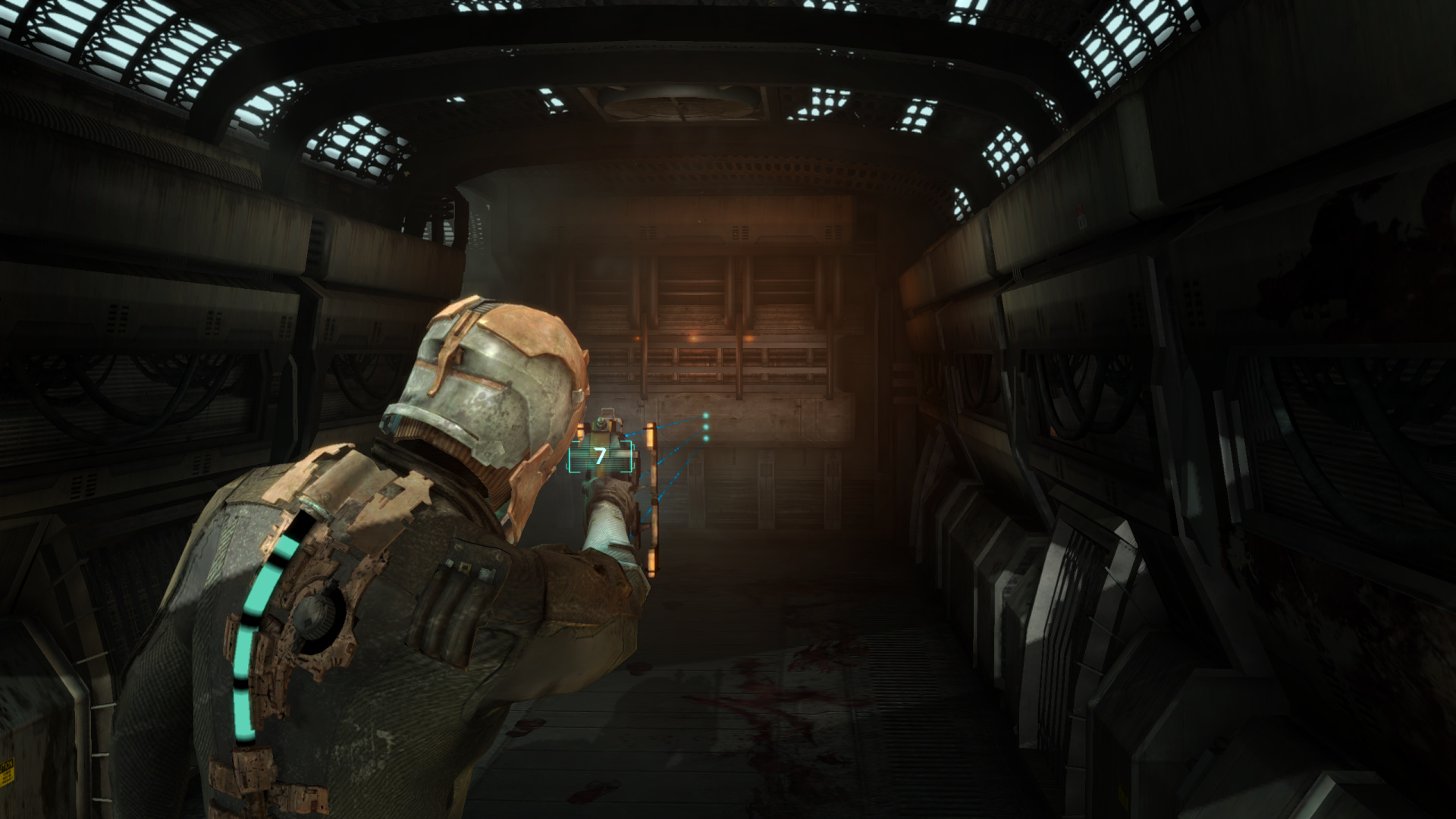
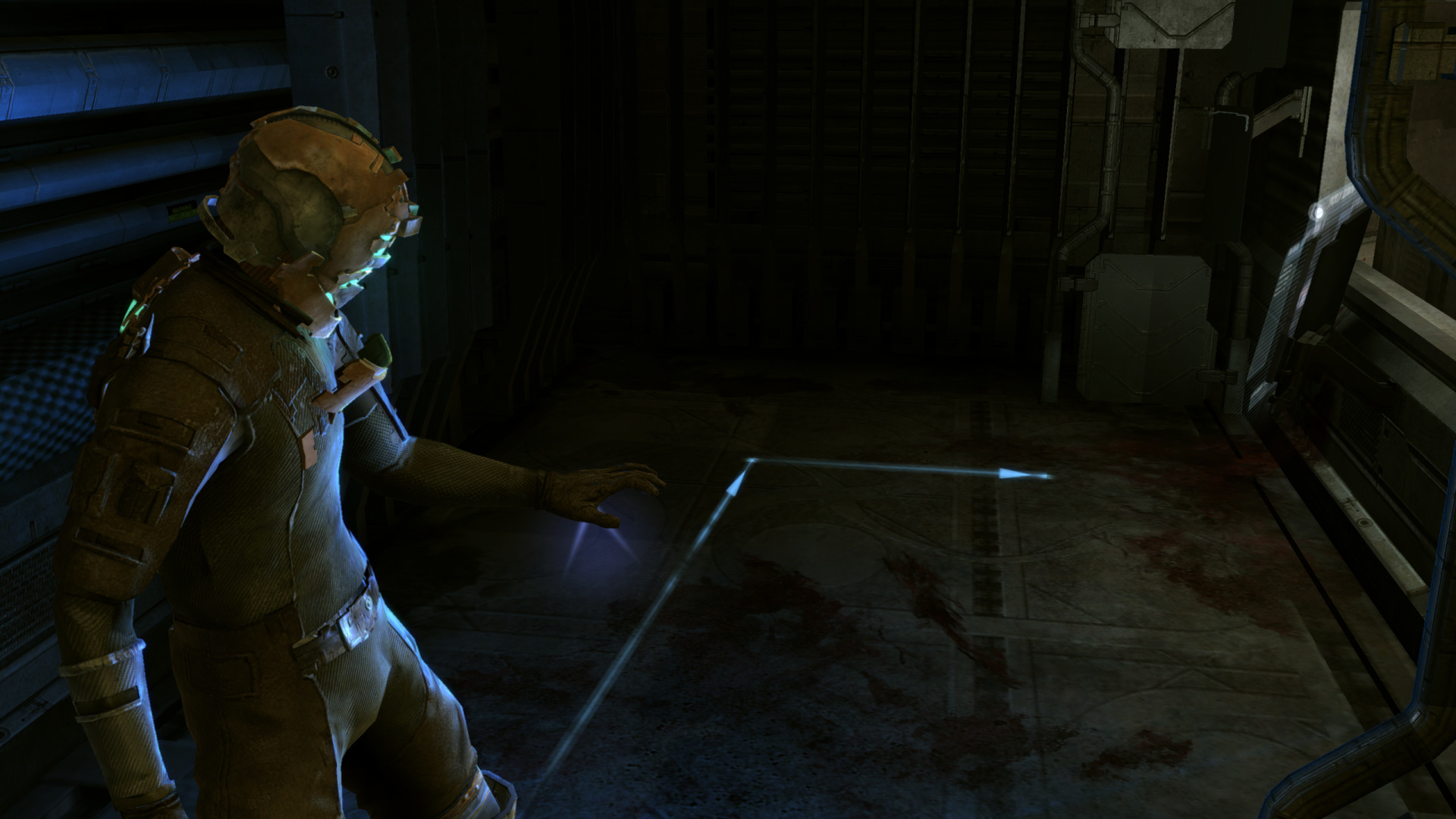
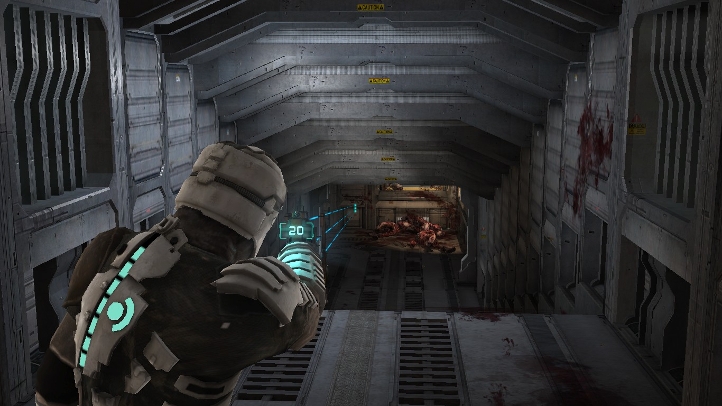
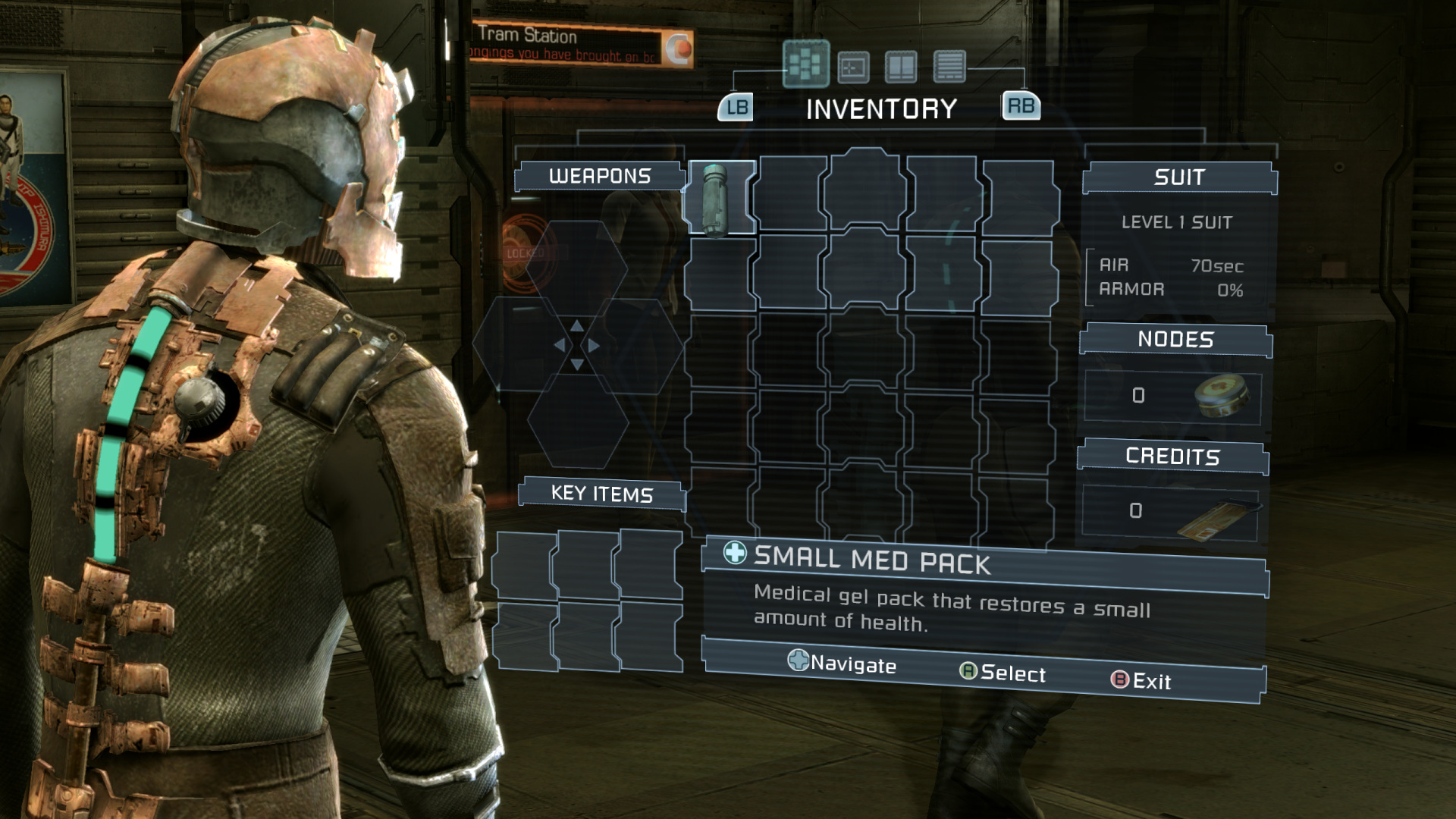
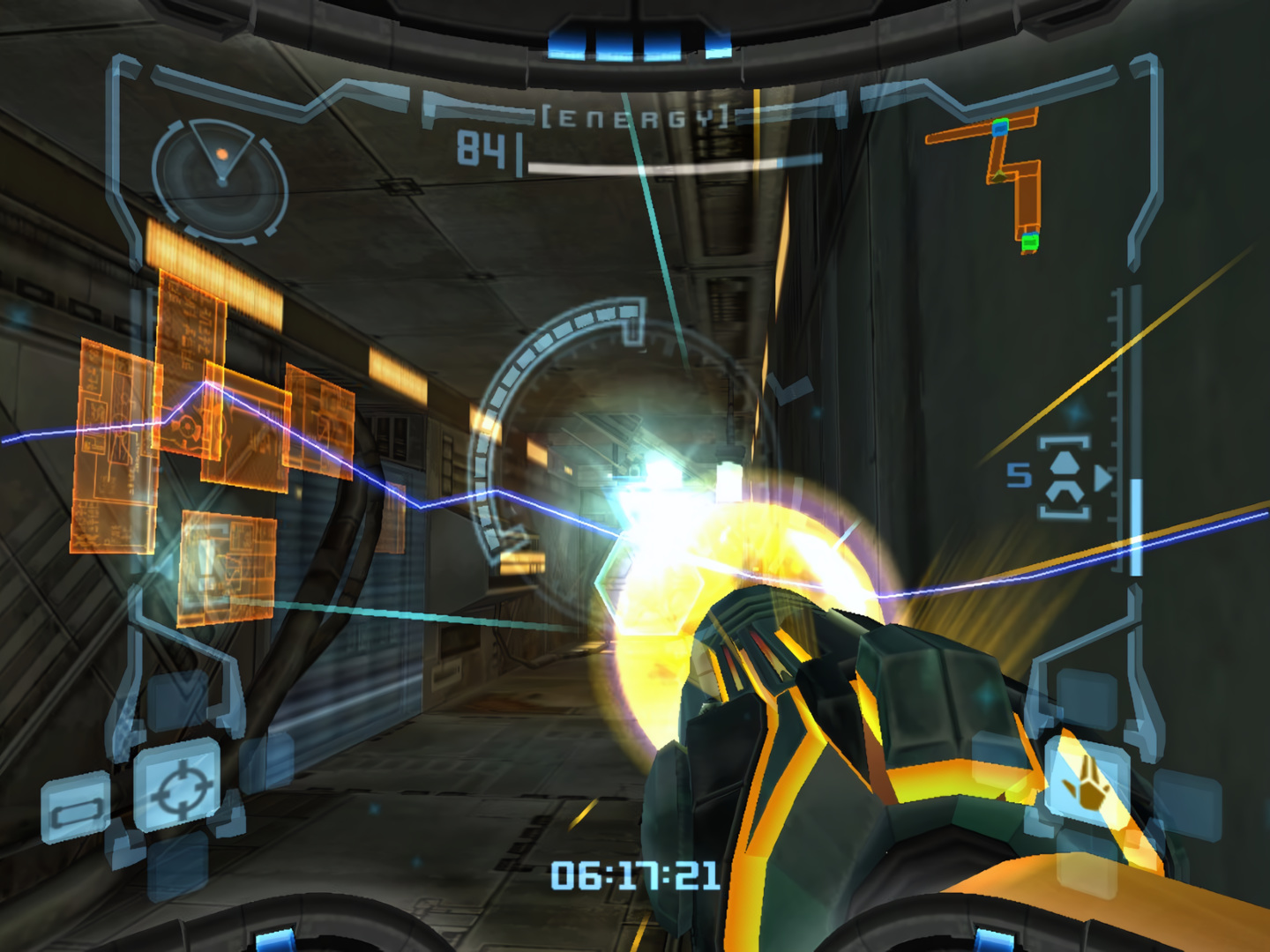
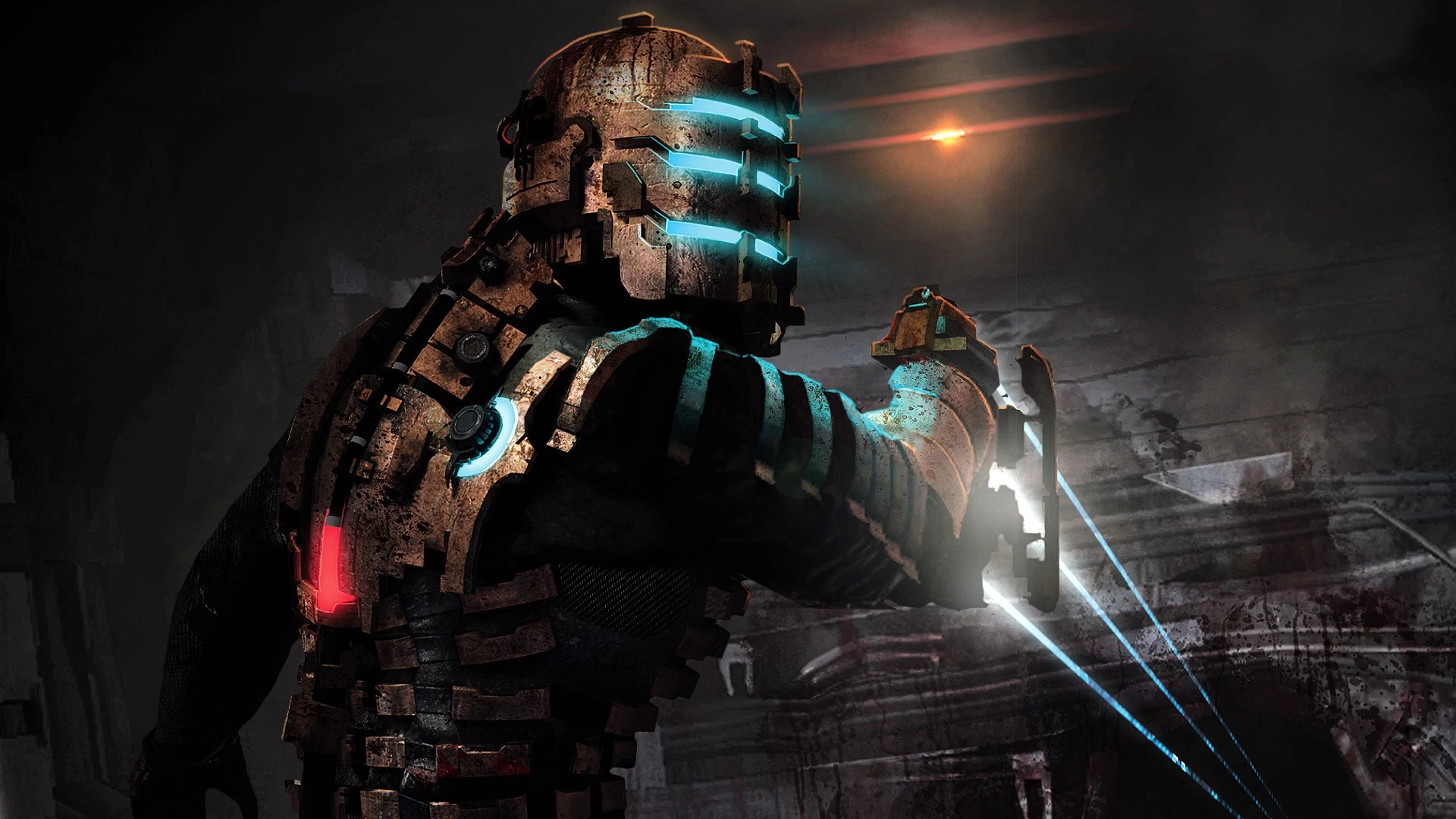
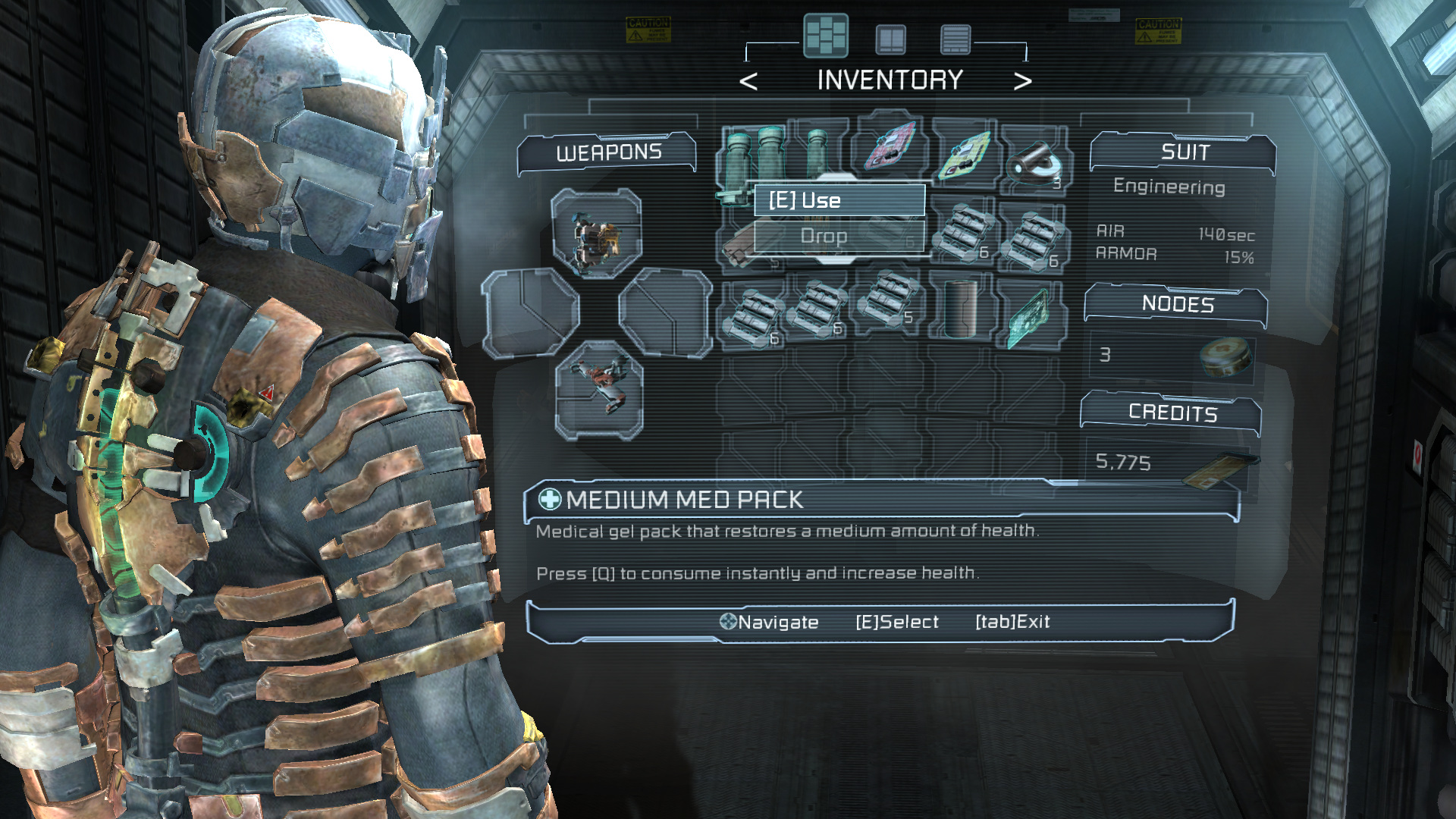
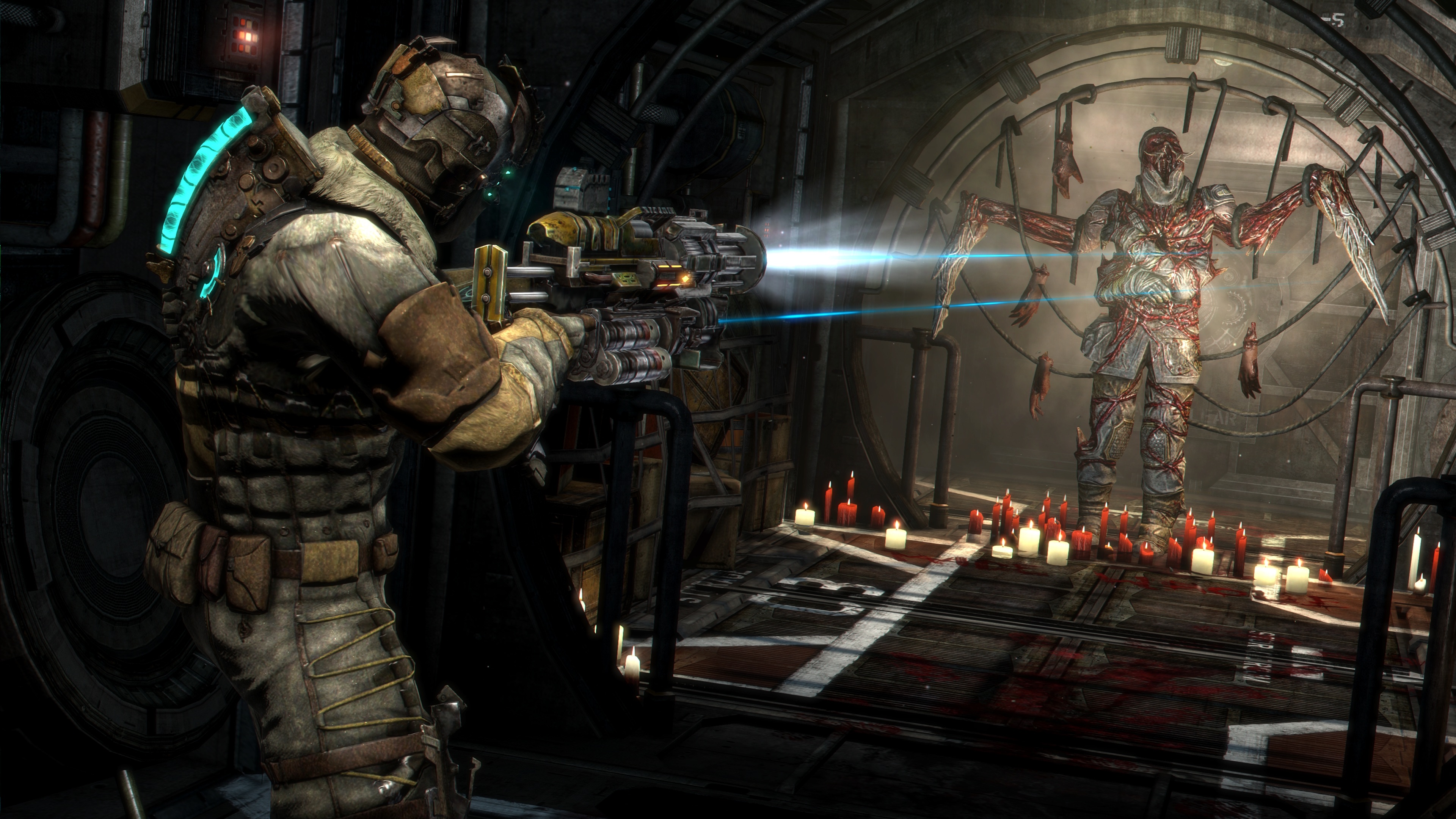
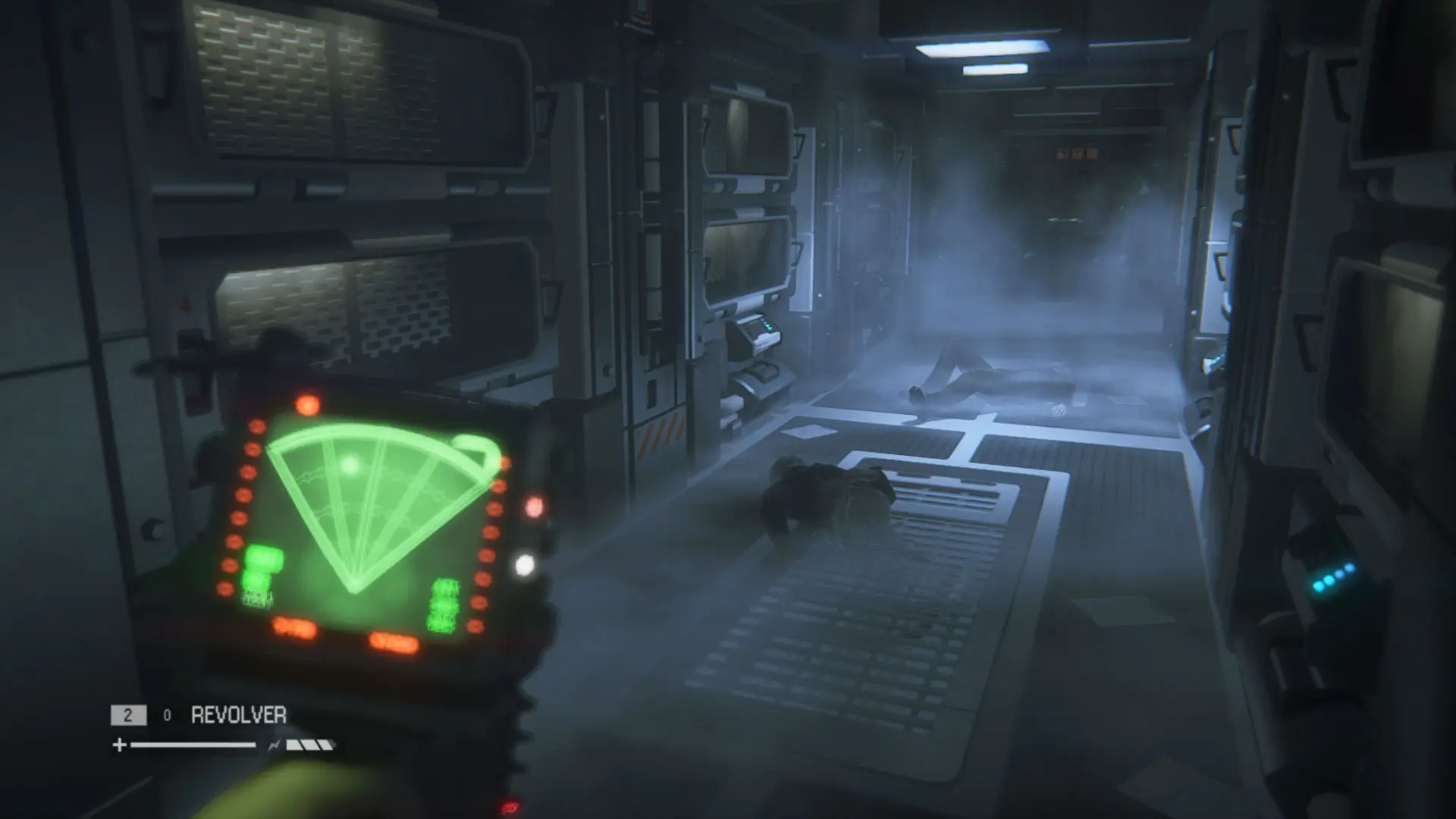
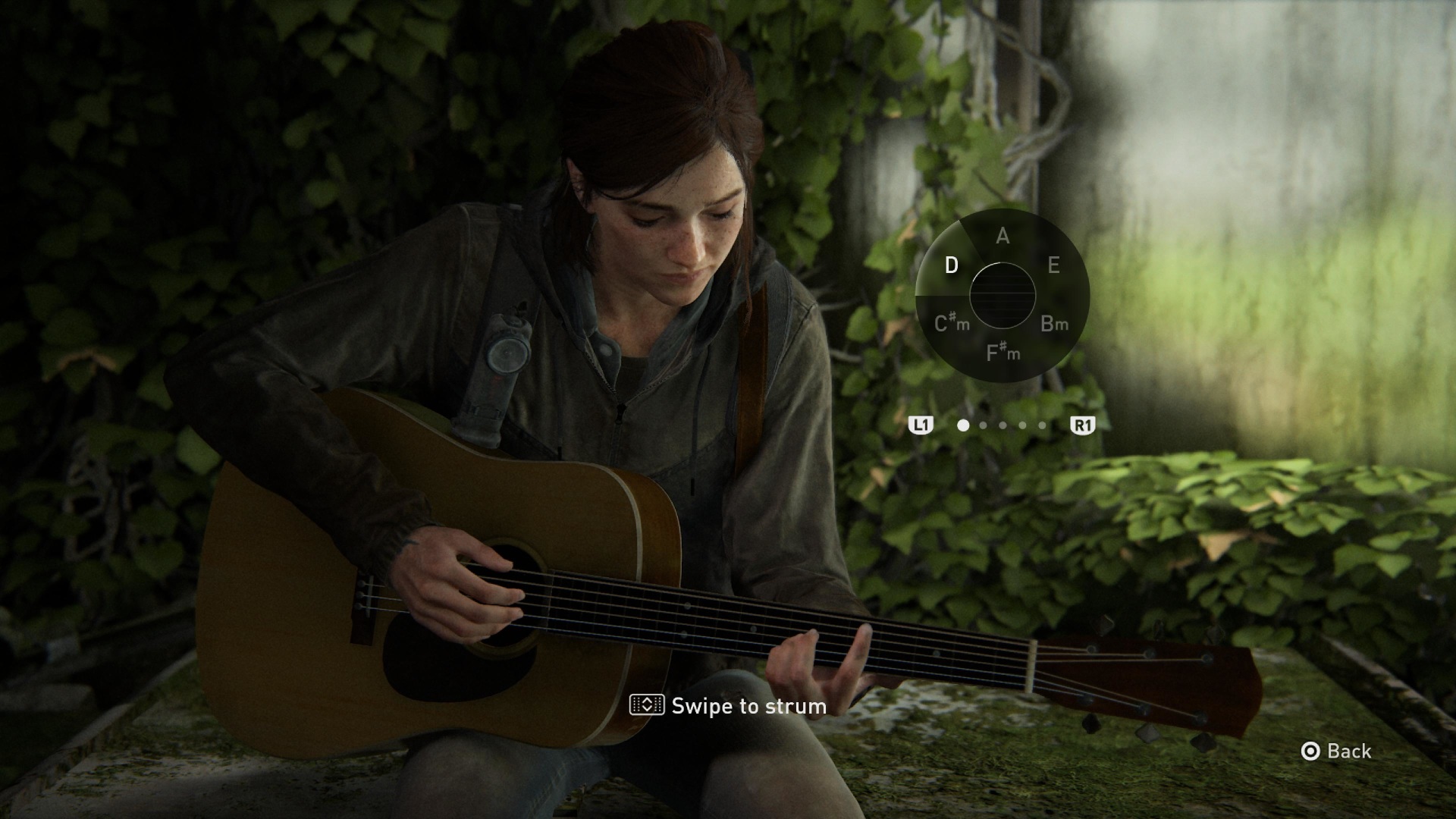
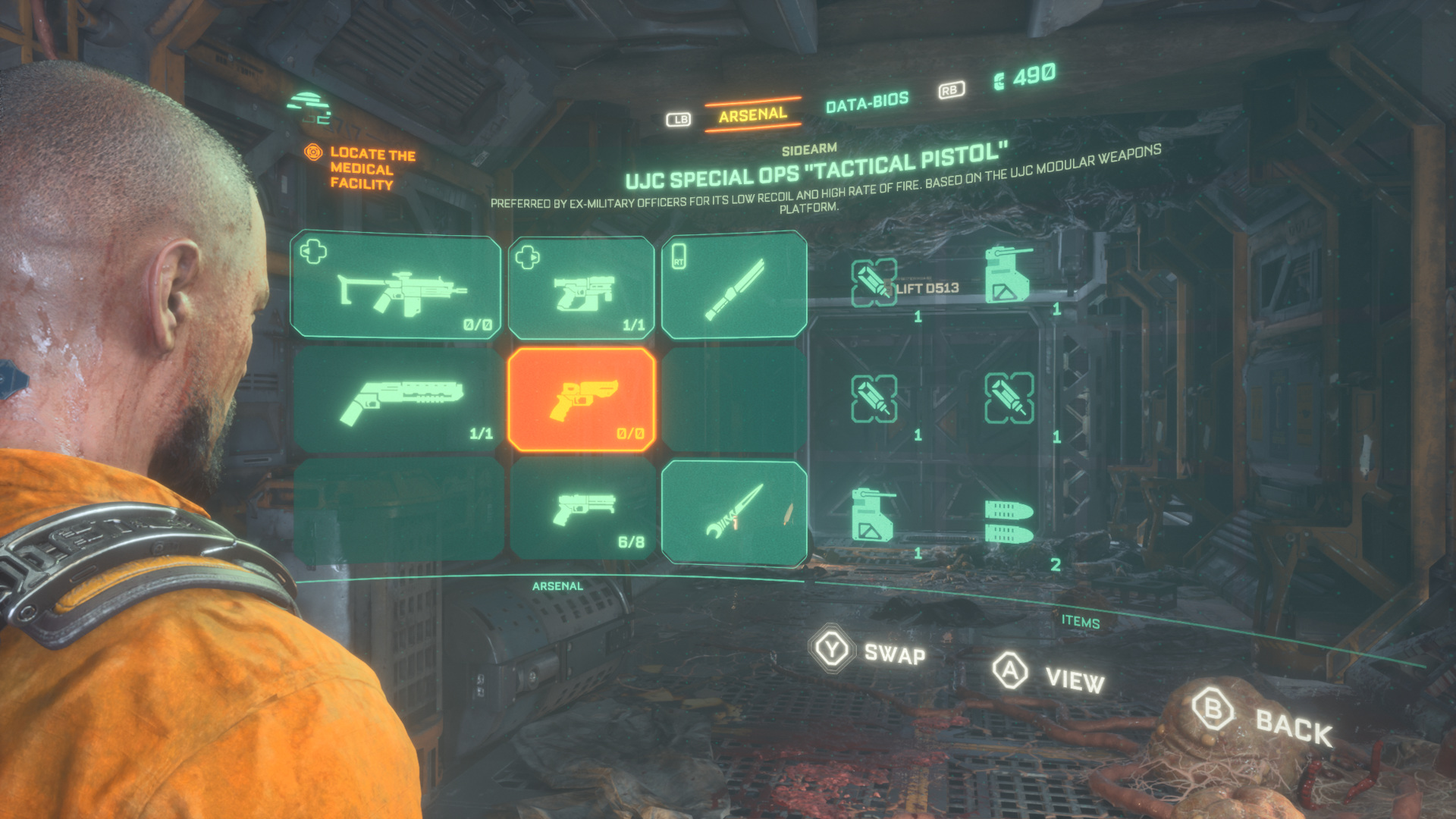

Dead Space redefines immersion with its fully diegetic UI, embedding all player information within the game world. Health is shown on Isaac's RIG suit, stasis on his shoulder, and inventory as a real-time hologram—visible to enemies during use. This design grounds players in the world, making every interaction feel immediate and real. As Lead UI Designer Dino Ignacio said, "We were not just diegetic by design; we were diegetic by implementation."
Dead Space maintains immersion with a consistent, color-coded UI: blue for accessibility and red for danger, all integrated into the environment without overlays. Interactive elements are always at a consistent height, making them easy to locate. This design strengthens immersion, reduces cognitive load, and supports the player's flow state.4o
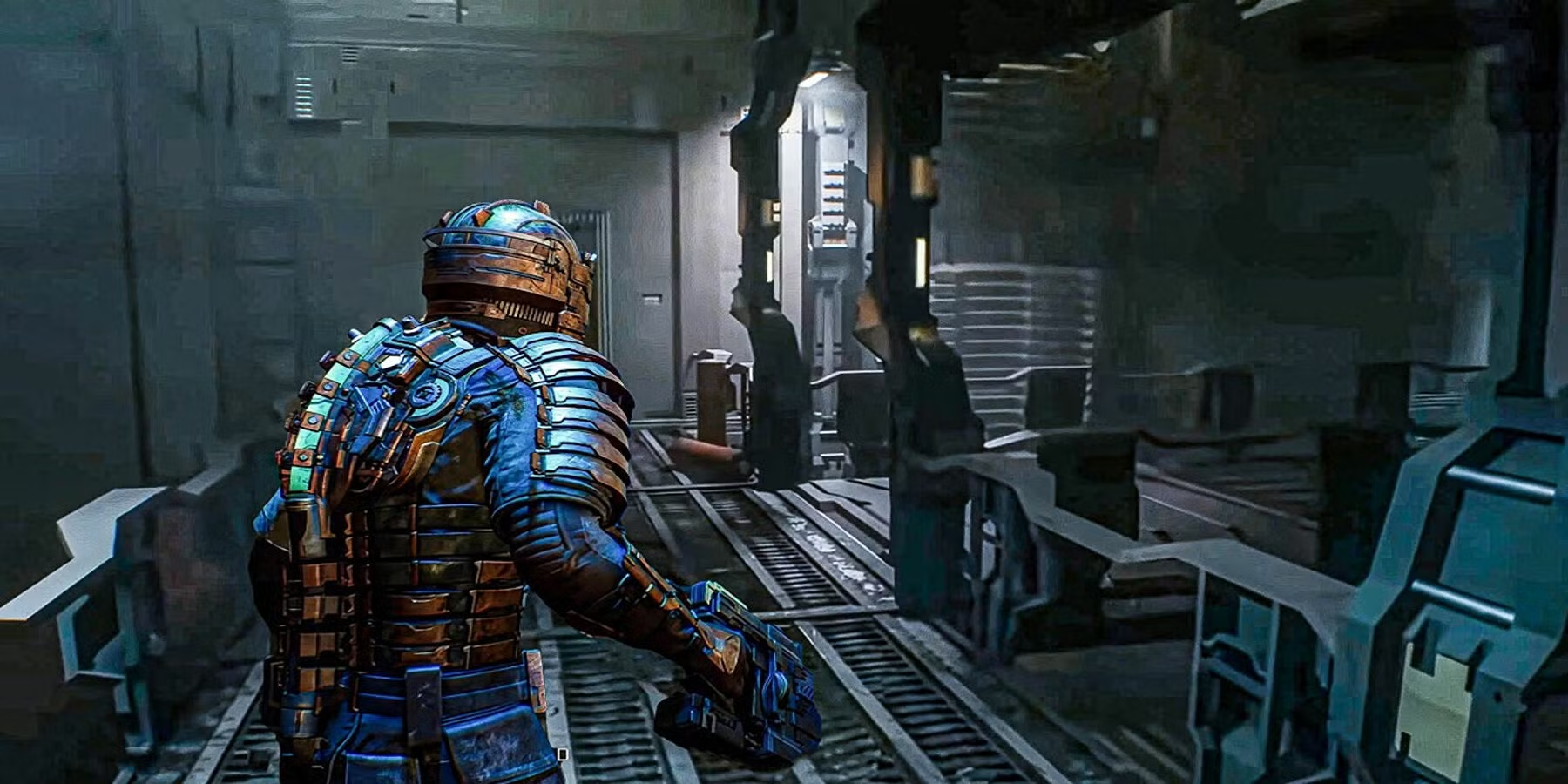

Dead Space uses its UI as a storytelling tool, embedding every element within the world of the USG Ishimura. The RIG suit's design reflects Isaac's role as an engineer, not a soldier, and the ship's holographic interfaces match its technological setting. Audio logs and holograms deliver exposition while blending seamlessly into the game's universe, making the UI a narrative device that enhances immersion.